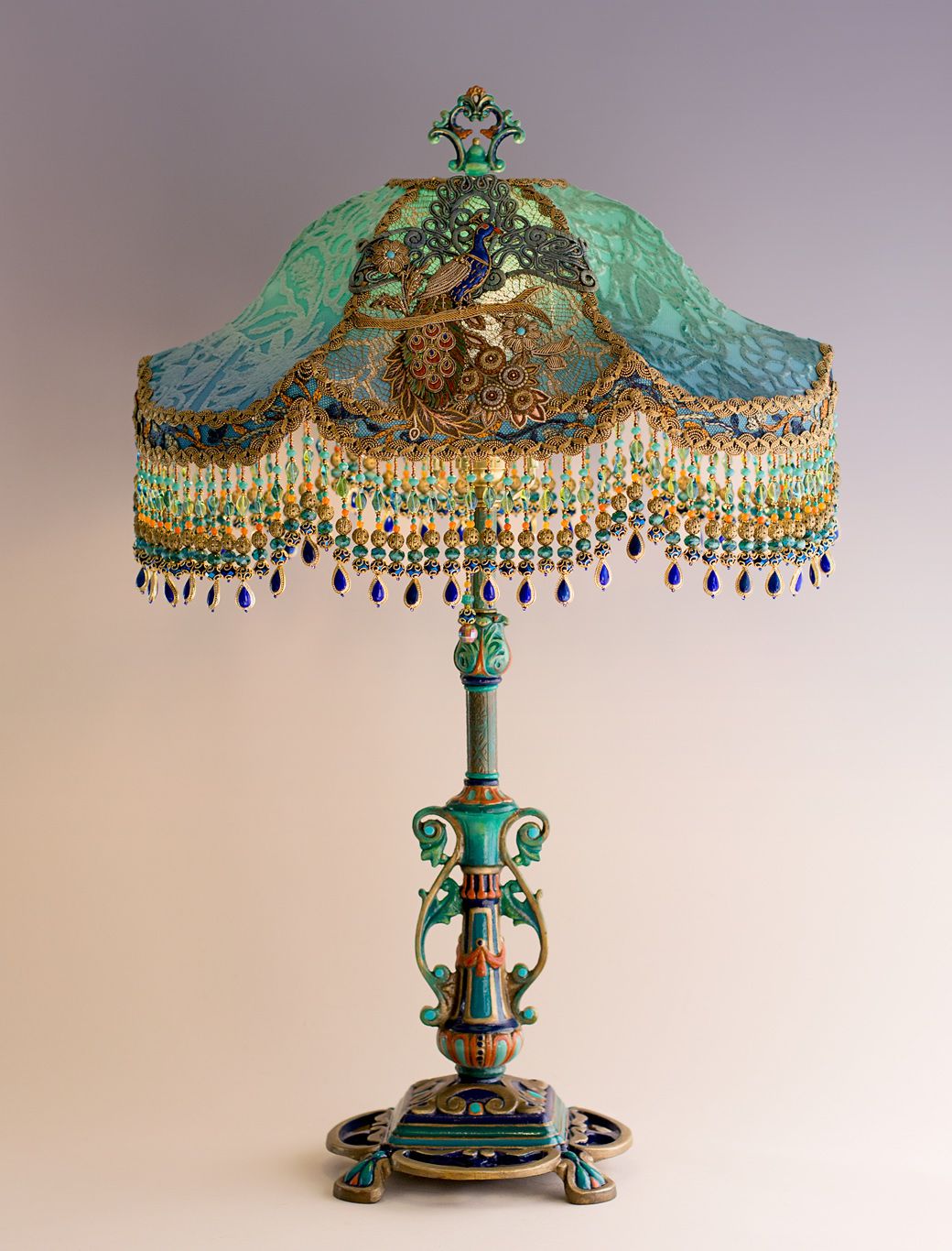Victorian lamps: they’re more than just light sources. They’re glimpses into a bygone era, whispering tales of elegant parlors and quiet evenings illuminated by the soft glow of oil or gaslight. From the simplest oil lamps to the dazzling brilliance of early electric fixtures, this guide explores the fascinating history, diverse styles, and enduring legacy of Victorian lamps. Discover where to find your own Victorian treasure and how to identify its unique features.
A Glimmer into Victorian Lighting History
The Victorian era (1837-1901) witnessed a dramatic transformation in lighting technology. Early Victorian homes relied on the warm, flickering light of candles and oil lamps, often crafted from brass, iron, or intricately painted porcelain. As technology progressed, gas lighting emerged, illuminating streets and homes with gasoliers and elegant wall sconces. The late Victorian period saw the dawn of electric lighting, a revolutionary development that gradually replaced earlier forms of illumination. This evolution is reflected in the wide array of Victorian lamps available today, from antique oil lamps to electrified versions that blend historical charm with modern convenience. For a broader understanding of Victorian aesthetics, explore Victorian House Interior Design and uncover the secrets of creating a timeless and elegant space.
Exploring Victorian Lamp Styles
Victorian lamps showcase an impressive diversity of styles, reflecting the era’s penchant for ornamentation and intricate detail.
Table Lamps
These versatile lamps graced tables and desks, providing both task lighting and decorative accents. They often featured porcelain bases adorned with hand-painted floral motifs, gleaming brass stands with intricate carvings, or even vibrant stained glass elements.
Floor Lamps
Standing tall and stately, Victorian floor lamps provided ambient lighting for parlors and sitting rooms. Many boasted elaborately carved wooden stands and large, decorative shades made of silk, lace, or fringed fabric.
Hanging Lamps
These majestic fixtures often served as the centerpiece of a room, casting a warm glow over dining tables or illuminating grand hallways. They could be quite ornate, featuring multiple tiers of crystals, intricate metalwork, and elaborate glass shades.
Oil Lamps
Representing the early Victorian era, oil lamps offer a unique window into the past. While some have been converted for electric use, many collectors prize original oil lamps for their historical significance and the soft, nostalgic light they provide.
Where to Find Your Own Victorian Lamp
Discovering the perfect Victorian lamp can be an exciting quest. Consider these sources:
| Source | Description |
|---|---|
| Antique Shops | Offer authentic Victorian lamps, often requiring restoration. |
| Auctions | Potential for finding rare and valuable pieces, but requires research and bidding strategy. |
| Online Marketplaces (Etsy, eBay) | Wide selection of vintage and vintage-inspired lamps, varying in price and condition. |
| Specialty Dealers | Focus on specific types of antique lighting, offering expertise and curated collections. |
| Reproduction Retailers | Offer new lamps made in Victorian styles, a good option for those seeking affordability and convenience. |
Illuminating the Victorian Era: A Deep Dive into Lighting
Victorian lamps provide a fascinating lens through which to examine the era’s evolving technology and changing tastes. From the soft glow of candles to the innovative brilliance of early electric lights, let’s delve deeper into the various lamps Victorians used.
Early Victorian Lighting (Pre-1850s)
- Candles: Ubiquitous and varied, candles provided the primary source of light. Candlesticks and candelabras were essential household items.
- Oil Lamps: A significant improvement over candles, oil lamps offered brighter light. Argand lamps, with their improved wicks and glass chimneys, were a popular choice, fueled by whale oil and later kerosene.
Mid-to-Late Victorian Lighting (1850s-1901)
- Gas Lighting: Gaslight became increasingly common, particularly in urban areas. Gasoliers, elegant chandeliers adapted for gas, adorned many Victorian homes.
- Rise of Electricity: The invention of the incandescent light bulb by Joseph Swan and Thomas Edison revolutionized lighting. Though initially expensive, electric lights were a symbol of progress and modernity. Early designs often featured decorative filaments and ornate bases.
Types of Victorian Lamps
- Chandeliers: Grand, ornate fixtures often made of crystal or glass, gracing larger homes and public spaces.
- Sconces: Wall-mounted lamps, providing focused light and adding to the decor.
- Table Lamps: Designed for tasks like reading and sewing, featuring decorative bases and elegant shades.
- Oil Lamps: Continued to be used, particularly in areas without electricity.
- Gas Lamps: Gasoliers, wall-mounted versions, and portable gas lamps offered a brighter alternative to oil.
Our understanding of Victorian lighting is constantly evolving. Ongoing research explores the prevalence of different lamp types, their materials, and their influence on daily life. Some experts suggest that gas lighting played a crucial role in extending workdays and increasing evening social activities, while others believe electric lighting significantly impacted sleep patterns and family interactions. The study of Victorian lighting illuminates not only the lamps themselves but also the social, economic, and technological context of the time.
Unlocking the Secrets of Your Vintage Lamp
Do you have a lamp you suspect might be a Victorian treasure? Let’s explore how to identify its unique features and potentially uncover its history.
Examining Your Lamp’s Features
1. The Base: The material (pottery, ceramic, metal, etc.), style (Art Deco, Victorian, Mid-Century Modern), and any markings (stamps, labels, engravings) can offer valuable clues. Hand-painted details may suggest an earlier piece.
2. The Shade: The material (glass, fabric, plastic), shape (bell, cone, geometric), and decorative elements (fringe, beading) can help pinpoint its era. Beaded edges might indicate the late 1800s or early 1900s, while geometric shapes suggest the 1930s.
3. The Wiring: The cord type (cloth or plastic) and plug style (two- or three-prong) can indicate age. Cloth-covered cords and two-prong plugs are typical of older lamps.
4. Materials and Signs of Age: Patina on metal, discoloration, or minor cracks can be signs of age. High-value materials like chrome plating or oil-rubbed bronze can increase a lamp’s value.
5. Manufacturer’s Markings: Stamps, labels, or engravings on the base can help identify the maker. Researching the manufacturer can often provide information about the lamp’s history and approximate age.
Determining the Age
Pinpointing the exact age can be challenging, but combining these clues can provide a reasonable estimate.
- Sound Test: A clear ring when tapped might suggest older metal or glass, while a dull thud may indicate newer materials.
- Style Clues: Ornate metalwork and beaded shades are common in late 1800s/early 1900s lamps, while geometric shapes suggest the 1930s.
- Vintage vs. Antique: “Vintage” generally refers to items from the 1920s-1990s, while “antique” refers to items over 100 years old.
Beware of reproductions! Overly shiny metal, pristine glass, and generic designs can be red flags. Researching specific styles like Art Deco, Victorian, and Mid-Century Modern can help you distinguish authentic pieces from reproductions. Resources like the Antique Lamp Co.’s identification chart and websites like Antiques Know How can also be helpful. Remember, dating a vintage lamp is an ongoing process of discovery.
From Fish Oil to Electricity: The Evolution of Victorian Street Lamps
Victorian street lighting underwent a dramatic transformation, impacting safety, social activity, and the very fabric of urban life.
The Pre-Gaslight Era
Before gaslight, streets were dimly lit by oil lamps, often fueled by fish oil and housed in glass bowls with ventilated metal cowls. These provided minimal illumination, primarily serving as a deterrent to crime.
The Gaslight Revolution
In 1807, Frederick Albert Winsor’s demonstration of gas lighting in London’s Pall Mall marked a turning point. Gaslight provided significantly brighter and more consistent illumination, enhancing safety and fostering nighttime social activities. This also gave rise to a new profession: the lamplighter. Equipped with a ladder and a pole with a hook and ignition lamp, lamplighters made their nightly rounds, lighting each lamp individually. Eventually, clockwork timers automated this process, rendering the lamplighter’s role obsolete. It’s important to note that even the brightest gas lamps were significantly dimmer than modern lights, with wide, dark spaces in between.
The Dawn of Electric Lighting
Towards the end of the Victorian era, electric lighting began to replace gas, ushering in the modern era of street illumination. This transition reflects the constant drive for innovation that characterized the Victorian period. Ongoing research explores the social impact of these lighting advancements, the daily lives of lamplighters, the transition period between gas and electric light, regional differences in lighting practices, and the environmental impact of various fuel sources.
| Lighting Type | Fuel/Power Source | Method of Operation | Approximate Dates of Use |
|---|---|---|---|
| Oil Lamps | Fish Oil, Vegetable Oil | Manually lit with a wick | Early Victorian Era |
| Gas Lamps | Coal Gas | Initially manually lit by lamplighters, later automated with clockwork timers | Mid to Late Victorian Era |
| Electric Lamps | Electricity | Automated | Late Victorian Era onwards |
The story of Victorian lamps is a testament to human ingenuity and the transformative power of technology. These lamps, whether gracing a Victorian parlor or illuminating a bustling city street, offer a captivating glimpse into a pivotal era of history. They remain cherished for their timeless elegance, historical significance and the warm, inviting glow they bring to our homes and our understanding of the past.
- Doubling 1/3 Cup: Quick Answer and Easy Kitchen Conversions - March 22, 2025
- J Middleton Unit (Abilene, TX): Inmate Search, Visitation, and Contact Information - March 22, 2025
- Ivermectin Dosage for Dogs: A Weight-Based Guide - March 22, 2025










